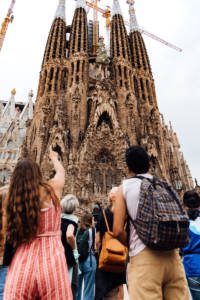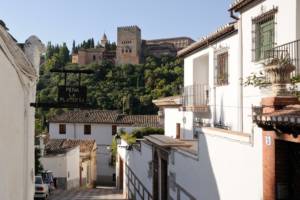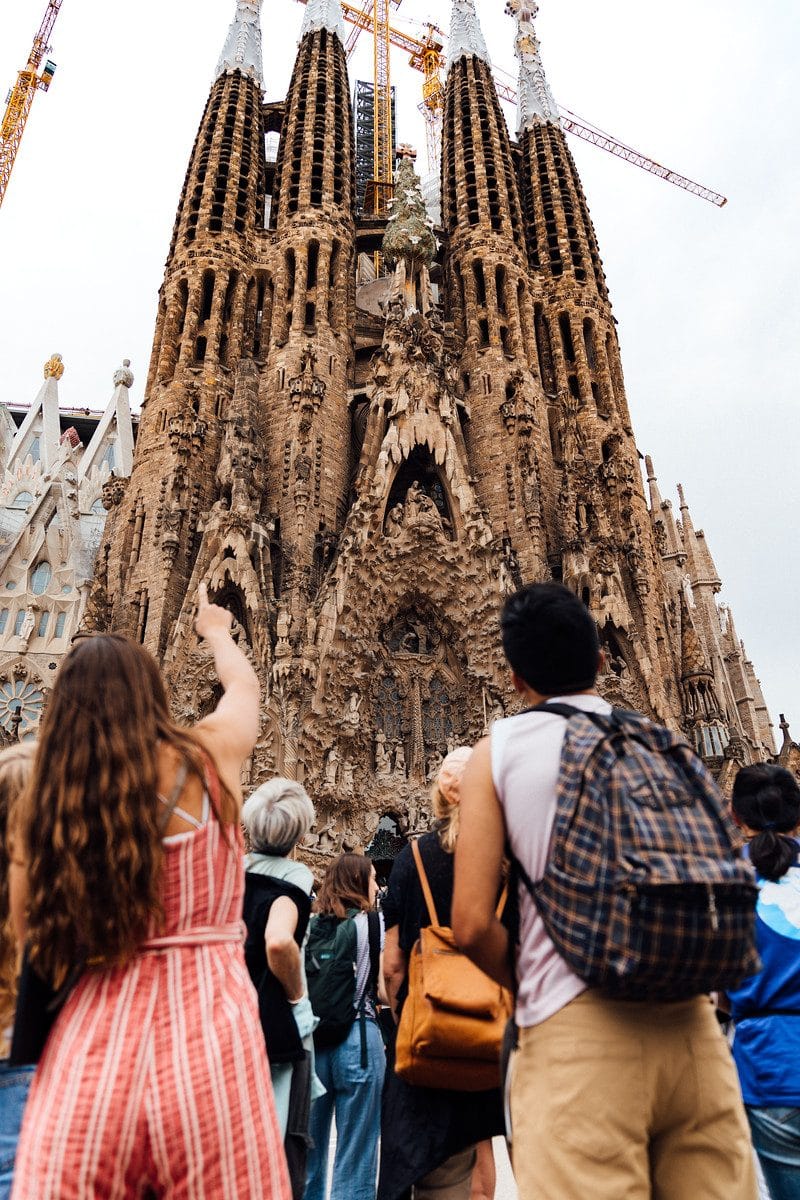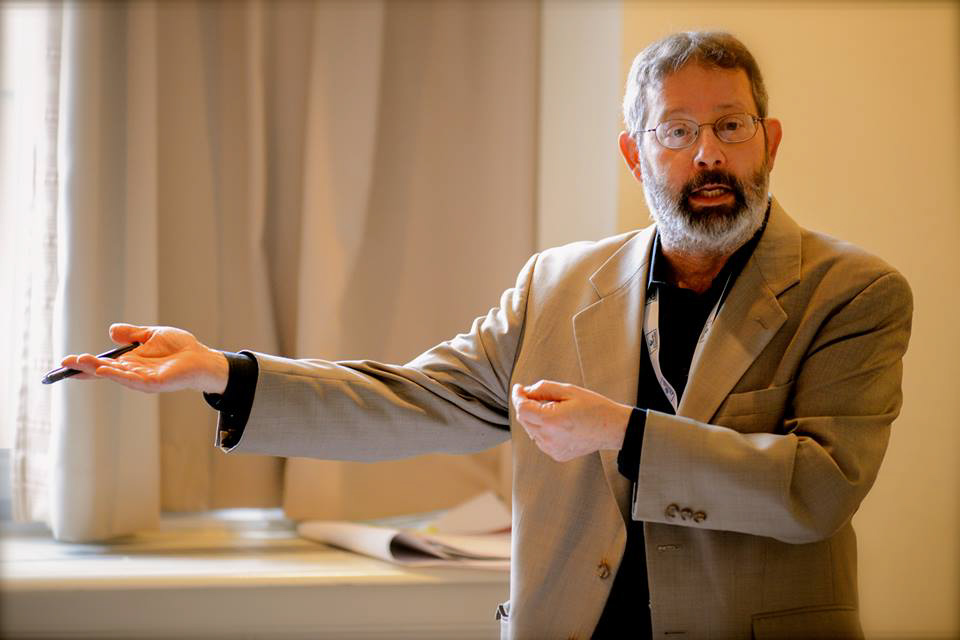 A towering pyramid made of flowers, a procession of vengeful paper mache heads, and a sacred marble stone are just a few attractions that draw crowds to Spain’s fifth-largest city, Zaragoza, for the week-long annual Fiestas del Pilar in October. During the Fall 2015 voyage, a group of students, faculty, and staff ventured out to experience this cultural tradition.
A towering pyramid made of flowers, a procession of vengeful paper mache heads, and a sacred marble stone are just a few attractions that draw crowds to Spain’s fifth-largest city, Zaragoza, for the week-long annual Fiestas del Pilar in October. During the Fall 2015 voyage, a group of students, faculty, and staff ventured out to experience this cultural tradition.
Zaragoza, sometimes spelled Saragosa and pronounced Tharagotha after the Catalan style, lies in the northern Spanish heartland. Under its vibrant streets, Roman ruins lay buried, and centuries of Moorish occupation are woven into the fabric of the city to create a tapestry of medieval and modern.
The Plaza del Pilar is the focal point of the festival, and one is immediately overtaken with the smell of countless thousands on thousands of flowers carefully arranged in a pyramid, leading the eye to a red and white rose mantel, atop which a statue of Mary views the plaza, serene.
The plaza is named for the Basílica de Nuestra Señora del Pilar (Basilica of Our Lady of the Pillar), a massive cathedral topped with a bright green, yellow and white tiled roof. Inside, even the quietest whispers echo throughout the baroque cathedral. At 130 meters long and 67 meters wide, with eleven cupolas and four towers, the scale is more like a train station than a church.
The famous legend of the basilica is that the Virgin Mary appeared to St. Anthony in AD 40 on the top of a pillar, and the first church was built around this relic, making it arguably the oldest church built in Mary’s honor. Expanded several times over the centuries, it mixes Romanesque roots with Gothic detailing and baroque finishing touches. The pillar itself resides inside a tiny church within the basilica. It is covered with a mantel, changed every day, and the entire front half is coated in silver. Only children under the age of eight can touch the front of the pillar, but a hole in the wall exposes the back of the pillar, and pilgrims of all ages line up to touch or kiss the smoothed and hollowed piece of the marble relic. The basilica also bears a ceiling of frescoes by the romantic painter, Francisco Goya.
Back out in the square, concerts start in the mid-afternoon, the classic rock sounds of a Queen cover band blare from main stage. There isn’t time to taste churros dipped in hot chocolate hawked by street vendors or watch the children in traditional dress dancing on the plaza, however, because across town another highlight of the festival is about to start, the Comparsa de Gigantes y Cabezudos (Procession of the Giants and Bigheads).
 Racing headlong through the city streets, passing colorful street art and startling locals lounging on café patios, stopping occasionally to re-orient the map or ask for directions from a pizza delivery boy on a motorcycle, eventually, the sound of drums and horns echoes from the park, beckoning would-be revelers.
Racing headlong through the city streets, passing colorful street art and startling locals lounging on café patios, stopping occasionally to re-orient the map or ask for directions from a pizza delivery boy on a motorcycle, eventually, the sound of drums and horns echoes from the park, beckoning would-be revelers.
The large, impassive wooden faces of a king, queen, and their courtly retinue tower over the crowd, where the line between parade participants and observers blurs into a slowly roving crowd dodging in and out of the streets and sidewalks at will. Small bands of musicians, playing horns and thumping pitchfork-like instruments with bells attached, thrum out a medieval-sounding melody, and the Giants leap up to twice their height, held aloft on the shoulders of men hidden inside metal framework “skirts.” The Giants bob up and down and twirl as the music plays, children on their parents’ shoulders clapping alongside their favorite character.
At the front of the procession run the Bigheads, performers in dressed in character with oversized paper mache heads, pausing for photos with children and adults, then running up and down the street brandishing sponge-tipped whips to crack at “naughty” parade-goers, sometimes catching a thigh or back, but always good-naturedly. The parade slowly winds its way along the river, ending in a park, where the giants dance in paired-off couples, twirling apart and together again, ending with a final kiss.
Back at the plaza, Concerts rage on opposing stages outside the Basilica, occasionally interrupted by traditional dance performances and aided by the smells of paella and sangria stalls and creative human statue buskers keeping the pavilion lively late into the evening, finally ending after midnight, when tired revelers wander back to their homes or hotels. The Fiestas del Pilar somehow matches the high pomp of religious ceremony with folkloric peasant traditions to create a quirky cultural Spanish festival, honoring the past while celebrating the present.



